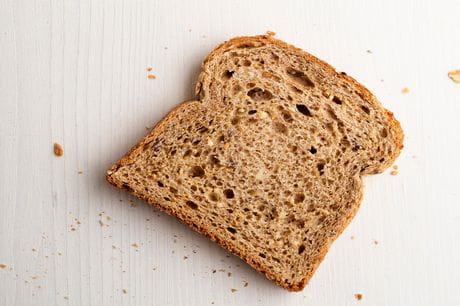Treating Type 2 diabetes with weight-loss surgery
The toll of obesity.
Anyone who has tried to lose a significant amount of weight knows just how hard and frustrating it can be. You struggle for a year or more to take off the pounds through diet and exercise, only to put that weight right back on in a matter of months. Some people lose hundreds or thousands of pounds over a lifetime as their weight yo-yos up and down, which takes its toll on both physically and emotionally.
Many people recognize the emotional toll but not the physical toll. Obesity is associated with many chronic diseases that shorten our lives as well as reducing the quality of our lives. Weight-loss surgery is highly effective at controlling or even eliminating Type 2 diabetes. In fact, it’s so effective at helping diabetics take control of their disease that the American Diabetes Association, the International Diabetes Federation and 43 other health organizations have endorsed weight-loss surgery as a treatment for diabetes.
“Bariatric or weight-loss surgery is a powerful tool for diabetes treatment,” said Anthony T. Petrick, M.D., director of Bariatric Surgery at Geisinger. “Weight-loss surgery should be considered when diet, exercise and efforts to lose weight aren’t enough to control diabetes.”
Who qualifies for weight-loss surgery?
“Not everyone who is overweight or has diabetes is a candidate for weight-loss surgery,” said Dr. Petrick. “It’s a life-changing decision, so we make sure patients meet specific qualifications and go through a rigorous screening process.”
One of the qualifying factors for weight-loss surgery is your body mass index (BMI), which is a measurement derived from your height and weight. It provides an estimate of your amount of body fat and risk for certain diseases. You may be a candidate for weight-loss surgery if:
- You have a BMI of 40 or higher, which places you in the “extreme obesity” category.
- Your BMI is 35 to 39.9 and you have another health-related issue such as Type 2 diabetes, high cholesterol, high blood pressure or sleep apnea.
- Your BMI is 30 to 34.9 but have not been able to control your Type 2 diabetes using medications, diet and exercise.
If you meet these guidelines, your medical team will also evaluate other factors in your life, such as your previous attempts to lose weight, your overall health, other diseases you may have, your psychological condition and your age.
What about the risks?
“Every surgery has risks, and weight-loss surgery is no different,” said Dr. Petrick. “However, for patients with uncontrolled Type 2 diabetes, the long-term consequences of the disease usually outweigh the risks of surgery.”
In a study of over 20,000 patients with type 2 diabetes who had gastric bypass surgery, 84 percent experienced complete reversal of the disease. Improvement in blood sugar levels and the reduction, or elimination, of the need for diabetes medication is usually seen shortly following surgery – even before weight loss occurs. While weight-loss surgery doesn’t “cure” Type 2 diabetes, it can put it into remission and slow the damage it causes to the heart and blood vessels.
“The common perception is that weight-loss surgery is invasive and the benefits only last temporarily,” said Dr. Petrick. “The reality today is that the risk of complications or death in the United States is higher for gallbladder surgery than for weight-loss surgery, and the healthy benefits can last a lifetime.”
Anthony T. Petrick, M.D., is director of Bariatric Surgery at Geisinger and specializes in bariatric surgery, heartburn, minimally invasive surgery, surgical oncology and cancer. He sees patients at Geisinger Medical Center in Danville, Geisinger Community Medical Center in Scranton and Geisinger Wyoming Valley Medical Center in Wilkes-Barre. To schedule an appointment, call 1-800-275-6401 or visit Geisinger.org.













